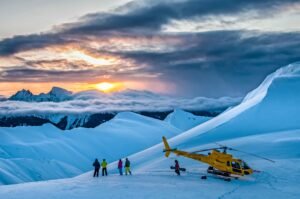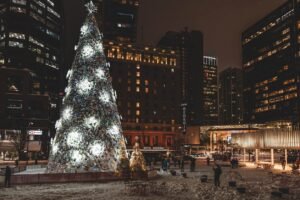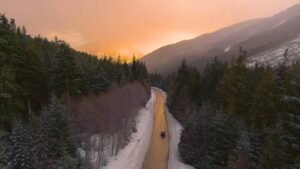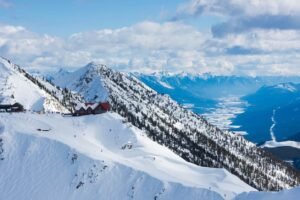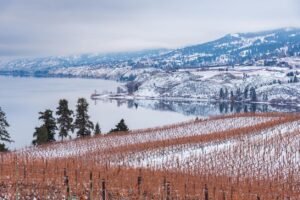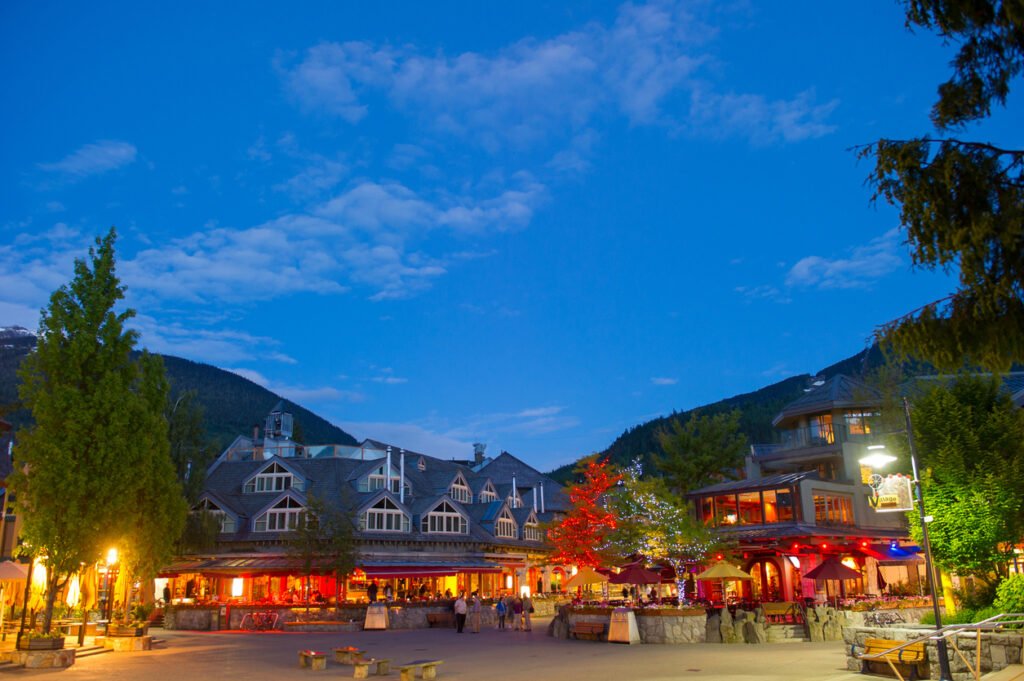
August in Whistler brings a noticeable shift in pace. The high-season buzz of July gives way to quieter trails, shorter lines, and cooler mornings. It’s an ideal time to visit for travelers who want to explore without the peak-season crowds, take advantage of stable weather, and dig deeper into the landscape.
Here’s an itinerary designed for August, one that you can do at your own pace and match it to the amount of days you have in Whistler. It balances outdoor activity, cultural context, and relaxed travel planning.
Lost Lake: Still Water, Clear Mind
Begin your day with a walk or bike ride from Whistler Village to Lost Lake. In August, the lake remains one of the best close-to-town escapes, ideal for a swim, a short walk, or a quiet coffee before activity builds in the village.
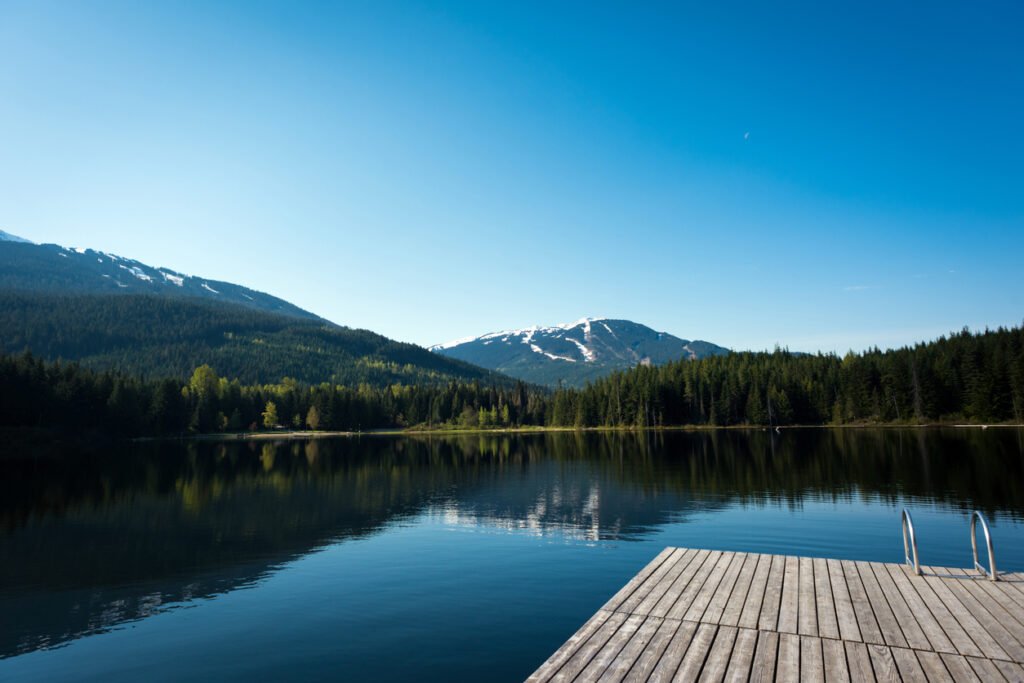
Where to stop: Grab coffee and breakfast from Mount Currie Coffee Co. before heading to the south dock (quieter than the main beach). Early swimmers and paddleboarders will find calm water and cool air ideal between 7:00–9:00 a.m.
Travel Tip: The Lost Lake Loop Trail offers a shaded, low-effort route around the lake and through second-growth forest, perfect for a gentle start.
Peak 2 Peak and the Alpine Loop
From mid-morning onward, head up Blackcomb Gondola to access Whistler’s alpine network. August brings thinner crowds and better light for photography and alpine walks. Ride Peak 2 Peak for views across the Fitzsimmons Range, then explore the Alpine Loop Trail, a 1.6 km trail offering panoramic views and residual wildflowers.
What to expect: Less traffic on ridgelines, clearer weather windows, and better access to photo points like Black Tusk and Overlord Glacier.
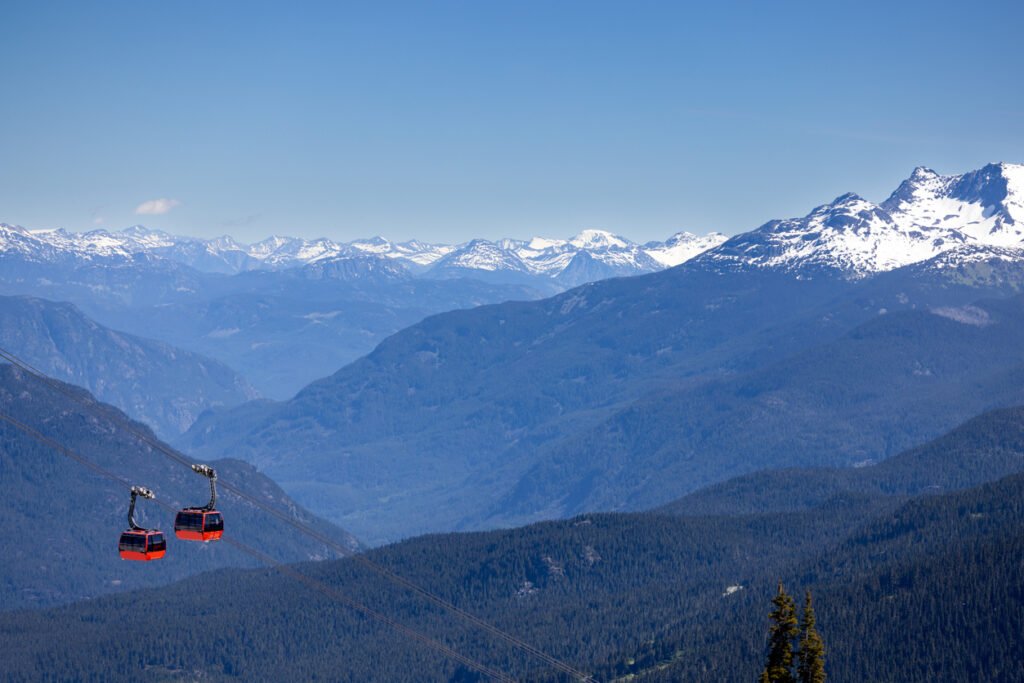
Travel Tip: Bring your own snacks if you plan to stay above for lunch, options are limited and more expensive at elevation.
DIY Picnic at Elevation
Before ascending, stop at Portobello in the Upper Village. Their sandwiches and pastries are well-suited for trail packs. A good order: Smoked turkey with cranberry mayo + a chocolate chip cookie.
Once on the mountain, avoid congested areas near gondola terminals and head west toward Matthew’s Traverse. The terrain is open and flat, perfect for a picnic with a glacier view.
Photo Tip: Midday light in August provides good contrast on alpine ridgelines. Best conditions are between 11:30 a.m.–1:00 p.m.
Valley Trail by Cruiser Bike
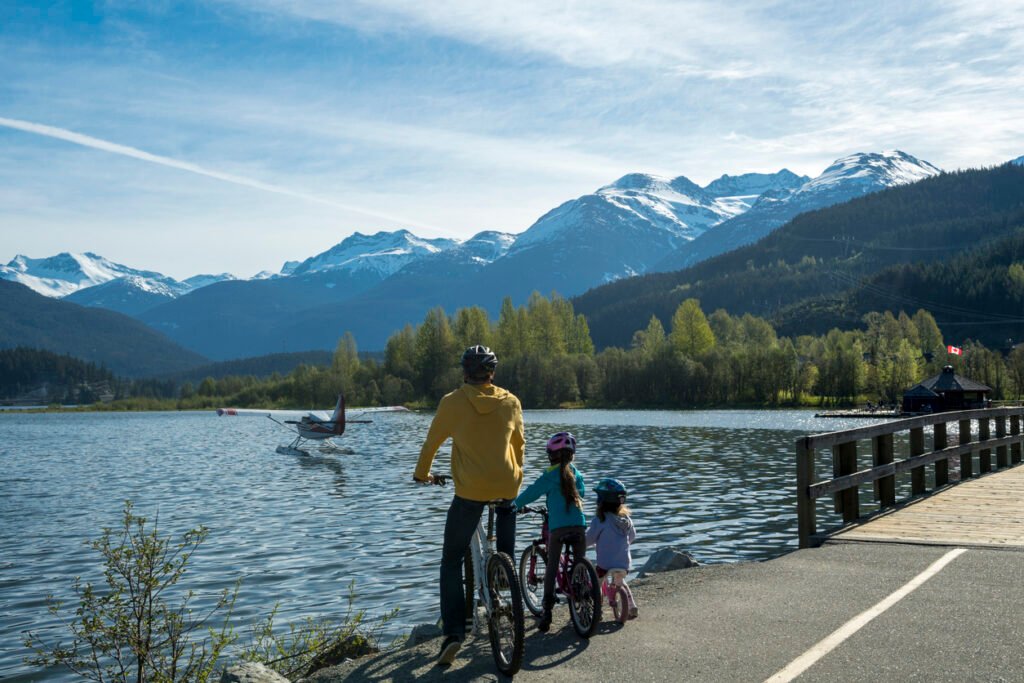
Shift to the Valley Trail, Whistler’s 46-km network of multi-use paths connecting lakes, parks, and neighborhoods. Rent a cruiser bike and set your route:
- Start at Alta Lake
- Stop at Rainbow Park for a swim or view
- End at Green Lake, where the air is cooler and the scenery more open
Pacing note: This is a choose-your-own-adventure segment. You can complete the entire loop in under 2 hours or stretch it across an afternoon with swim stops, snack breaks, and side trails.
Local Tip: Take a detour into Alpine Café in Alpine Meadows, just off the trail, for local-roasted espresso and community atmosphere.
Ancient Cedars Trail
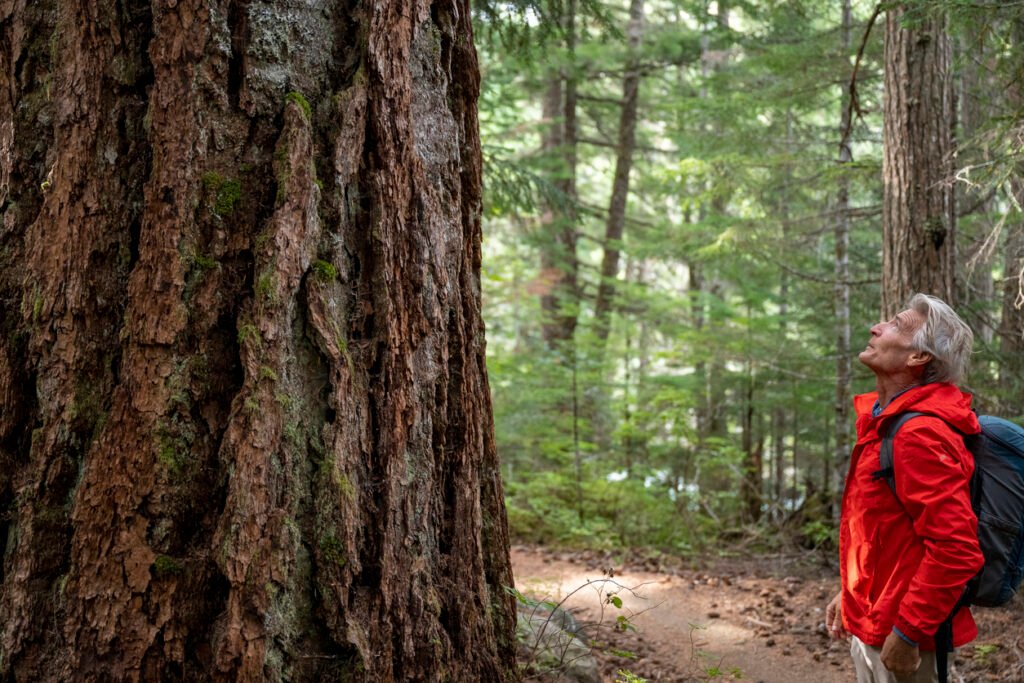
Drive 15 minutes north to the Ancient Cedars Trail, a moderate 5-km loop with large payoff. The trail leads into a stand of old-growth red cedars, some over 800 years old.
Timing matters: Between 4:00–6:00 p.m., light angles make the forest floor glow without the heat of midday. The trail is generally uncrowded this time of day and provides a strong contrast to Whistler’s more trafficked areas.
Bring: Insect repellent, a light shell (temps drop quickly in forest shade), and good trail shoes with grip.
Squamish Lil’wat Cultural Centre
Wrap up your day at the Squamish Lil’wat Cultural Centre (SLCC). Just north of the Upper Village, the centre provides essential insight into the Indigenous communities whose lands surround Whistler.
Why now: As tourism diversifies beyond sport, cultural literacy is increasingly part of responsible travel. The SLCC offers guided exhibits, short films, and interactive displays that make clear how long this region has been inhabited, and cared for.
Travel Tip: Entry is by donation. Time your visit for late afternoon or early evening (5:00–6:30 p.m.) to avoid daytime tour groups. The on-site café also serves bannock and seasonal teas worth trying.
Stargazing in Callaghan Valley
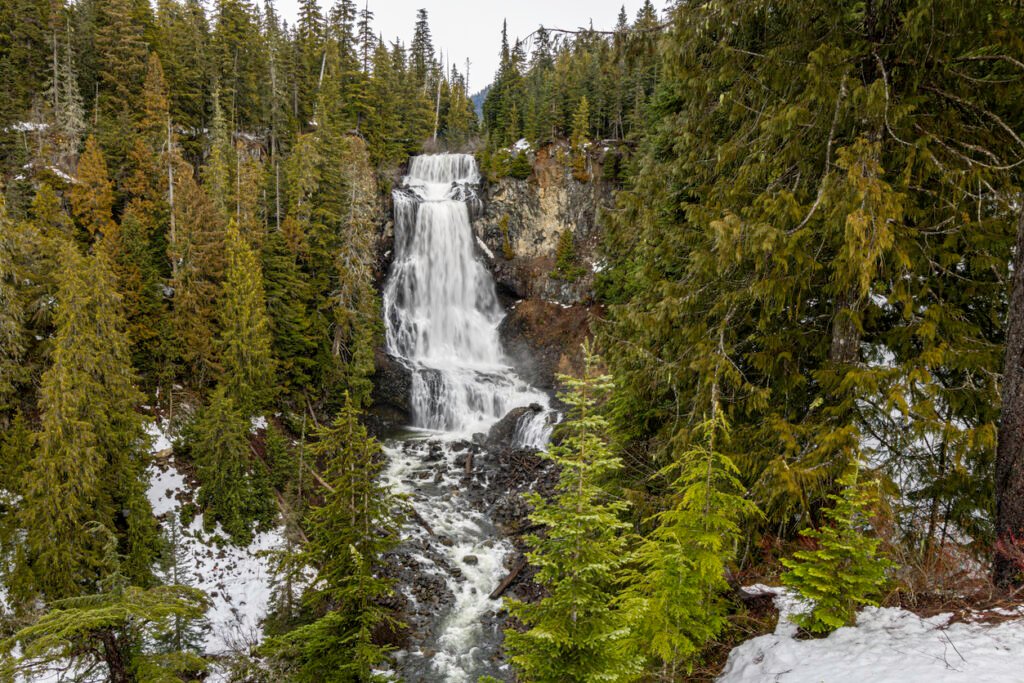
In mid to late August, the Perseid meteor shower peaks across Canada, and Callaghan Valley is one of Whistler’s best locations for clear, dark skies. The road to Alexander Falls remains open, and the elevation + distance from artificial light makes it ideal for stargazing.
Bring: A blanket, warm layers, bug spray, and a red-light flashlight or headlamp to preserve night vision. There’s no phone service here, so download the Sky Guide or Stellarium app ahead of time.
Timing Tip: Best viewing is between 11:00 p.m.–2:00 a.m. Peak meteor activity is often August 11–13, but sporadic shows continue through the month.
Plan Your Whistler Adventure
Whistler in August isn’t a slow month, it’s a smarter one. Lower visitor density means easier reservations, better lift access, and more flexibility on the trails. The weather remains stable, especially in the first half of the month, and the valley’s natural attractions remain fully accessible.
Whether you’re traveling solo, with friends, or on a return trip to British Columbia, August gives you room to explore Whistler with less noise, and more value.
Discover accommodation options, eco-friendly guides, and curated August events at: britishcolumbia.com/plan-your-trip
Connect With Us
- Website: BritishColumbia.com
- Facebook: @BritishColumbiaDotCom
- Instagram: @britishcolumbiadotcom
- X (Twitter): @visitBCdotcom
- Email: info@britishcolumbia.com

